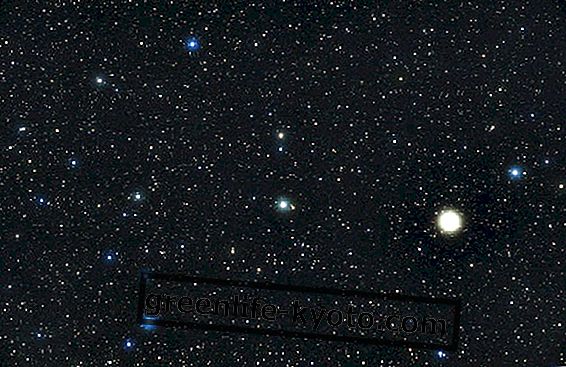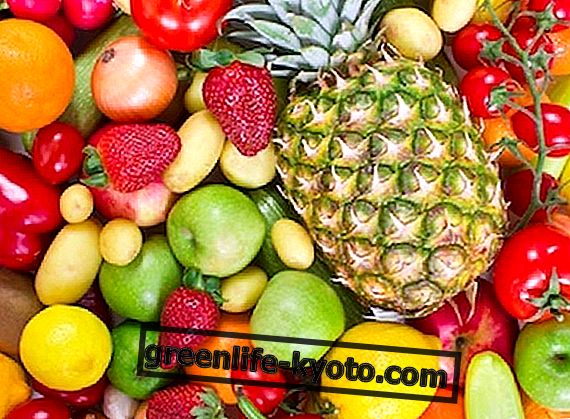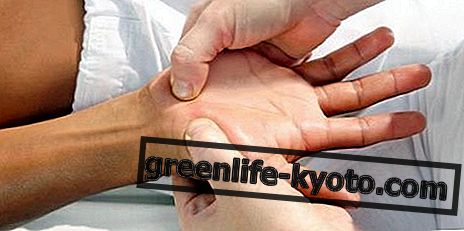
In the heart of the Tandava dance
The specific name of this dance is tāṇḍava nṛtya . Do not imagine a dance that is performed by rhythmically detaching the feet from the ground and then using the ankles to rest softly; this motor act that is at the base of the release of the diaphragm (think of the African traditions) is there, but it is not the constant or the rule.
The Tandava, seen from the outside , is a soft dance, where the gestures follow one another in a harmonious flow.
From inside, the glandular system rejoices, the body reactivates everything.
Originally it seems that this dance was performed in Kerala only by men. You will have happened to see images of Shiva / Parvati, where the intense blue joins the sparkling pink, where two halves are conceived as a single entity. Breath is conscious and long, during execution. The direction is that of the subtle exploration of physical sensations. Work is carried out without judgment on contracted and open physical areas.
This practice, which belongs to Kashmiri yoga, opens the body-mind system, dissolving the body in a deep relaxation, thus making it permeable to emotions.
If we could really divide it into two moments (which in any case always follow one another like in a process without end or beginning, but only respectful of cyclicality), we would identify a:
- head towards the fire;
- blow for relaxation.
These are two sides of the expression of the same force that penetrates those who let themselves go to gestures.
This parallelism is found in the two alternate and complementary forms that the dance takes: the first, Rudra tándava, recalls the violent naturalness, the destructive force of the universe ; in the second, the tandava Ananda evokes the creation of the universe .
Dance Tandava: the origins
If you are interested in deepening the bibliographical references, we point out that in the Sangitratnakar, Adhyaya 5, Shloka 5, 6 the Danta Tandava and its origin is mentioned.
In this fragment there is a clear reference also to the Lasya dance, a type of dance performed by women in which hands are free and gestures are not paradigmatic or harbingers of a mimed story. In some researches this last dance is compared with the Tandava, with connection to the female for the first and to the male for the second.
There are 7 types of Tandava dances : Ananda Tandava, Tripura Tandava, Sandhya Tandava, Samara Tandava, Kaali Tandava, Uma Tandava and Gauri Tandava. According to some less precise sources, there are 16 types.
There are two types of Lasya: Jarita Lasya and Yauvaka Lasya. These distinctions refer to the origins and archaic forms of dance.
In the nineteenth century two brothers known as Tanjore Quartet brought this dance back to life by adding a very creative inspiration. In the twentieth century we recall the explorations of Udayshankar, Rukminidevi Arundale and Balasaraswathi.
Learn the Tandava dance
As for the writer, the study of this dance started with Daniel Odier, who in his seminar (in Europe and beyond) has a very practical and sensorial way of introducing those who have already been students of tantra for at least a year.
Here the dance meditation of a student, Laura Orsina, according to Odier's teachings on Kamakshi's music - Susheela Raman. Dance recalls the union with and in the cosmos . Easy to say, not even that much. Yet it is not something that is learned, it does not have a coding of movements with a fixed score . No, this dance is very much based on the ability to breathe up to the collarbones and let the column move from the bottom to the lower limbs. Allow music to move.
The tradition from which it starts is yogic and, as in many cases of discipline closely linked to positions or meditation, you will also come across clowns or improvised masters who are comfortable to see beautiful women wriggling. The position of the writer, in this sense, is clear: if you want to approach this type of dance you can attend residential seminars, but do not forget that the resources are all inside and that fullness and passion can be sought in gestures. Advice? Stay alone, look for.
Dance can be a prayer.













